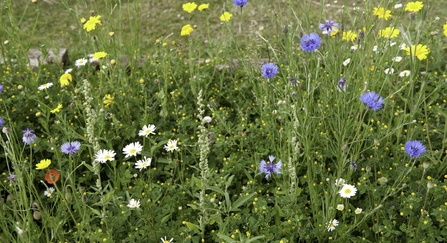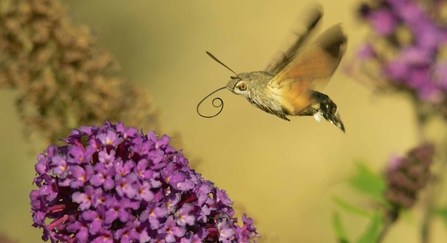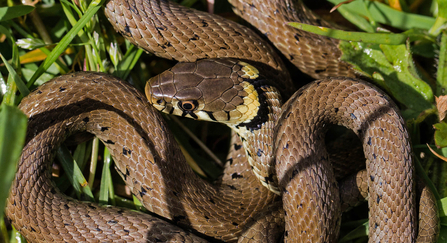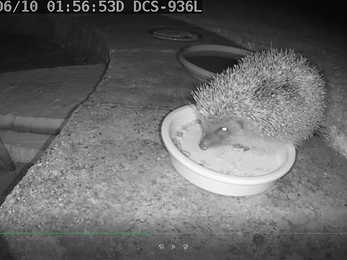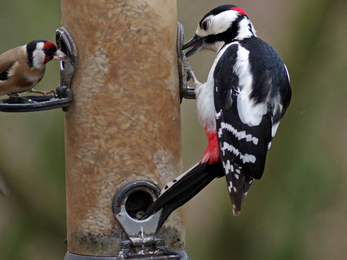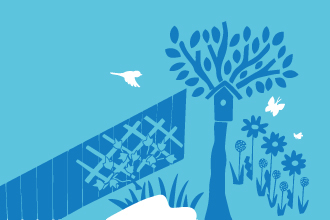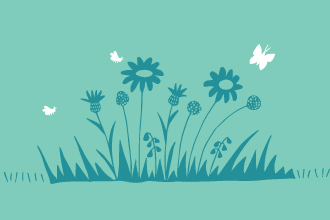At the beginning of the growing season your lawn may be looking a bit shaggy and ill-kempt – I know mine is! I have a patch of grass which I allow to grow without cutting, which is full of primroses, cowslips, wild daffodils and a couple of errant snake’s head fritillaries that sneaked in with the daffodil bulbs, and very soon it’ll be a splash of colour.
This year I plan to extend it and see what appears in a shadier area under some birches. A garden meadow like this can look surprisingly neat if you mow around it and maybe make a couple of paths through it, so it looks deliberate rather than neglected, and it provides a splendid habitat for small creatures. I cut it once in June or July, raking up all the ‘hay’, and every year more flowers appear in my mini-meadow.


